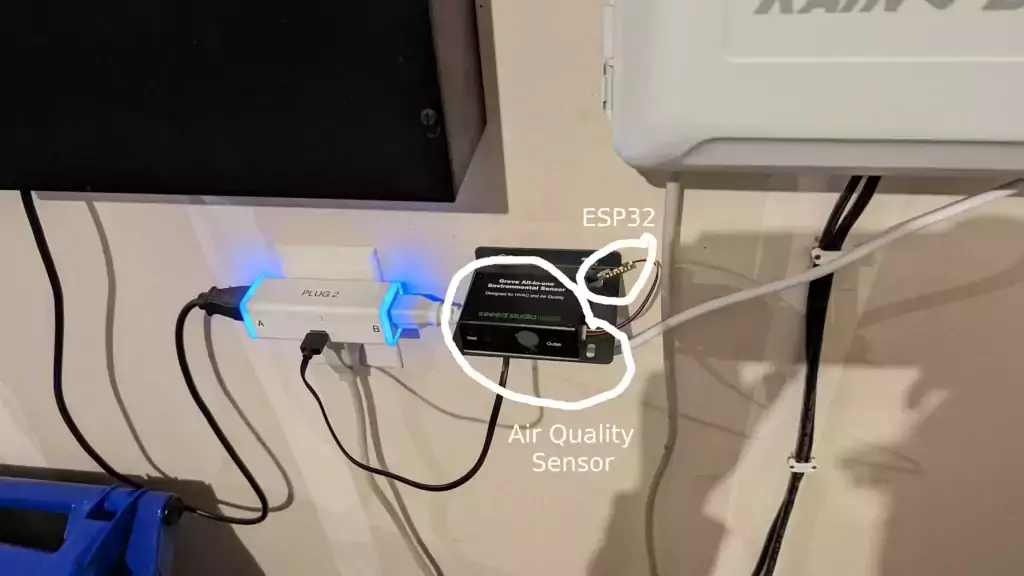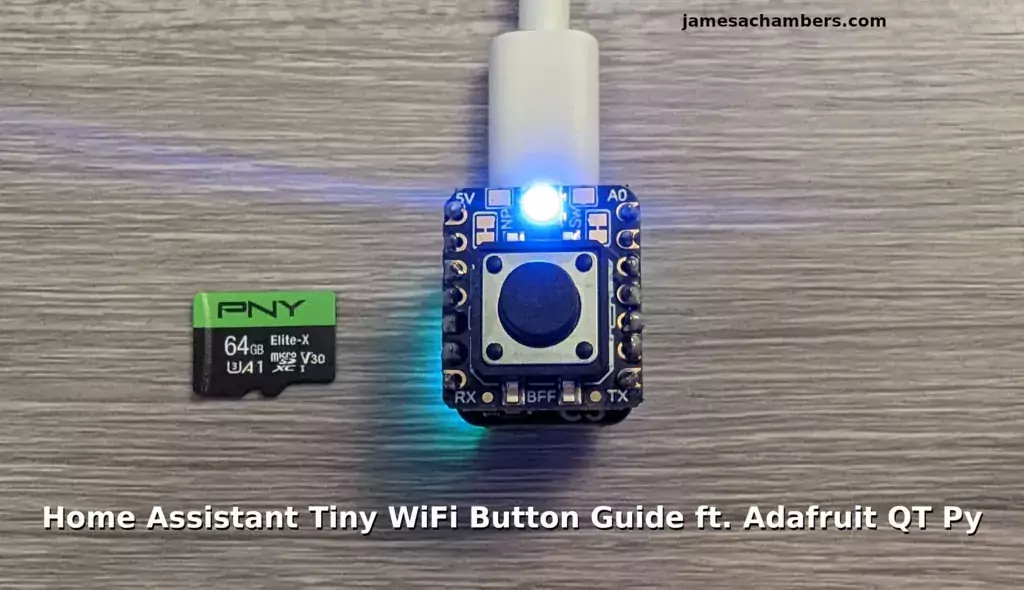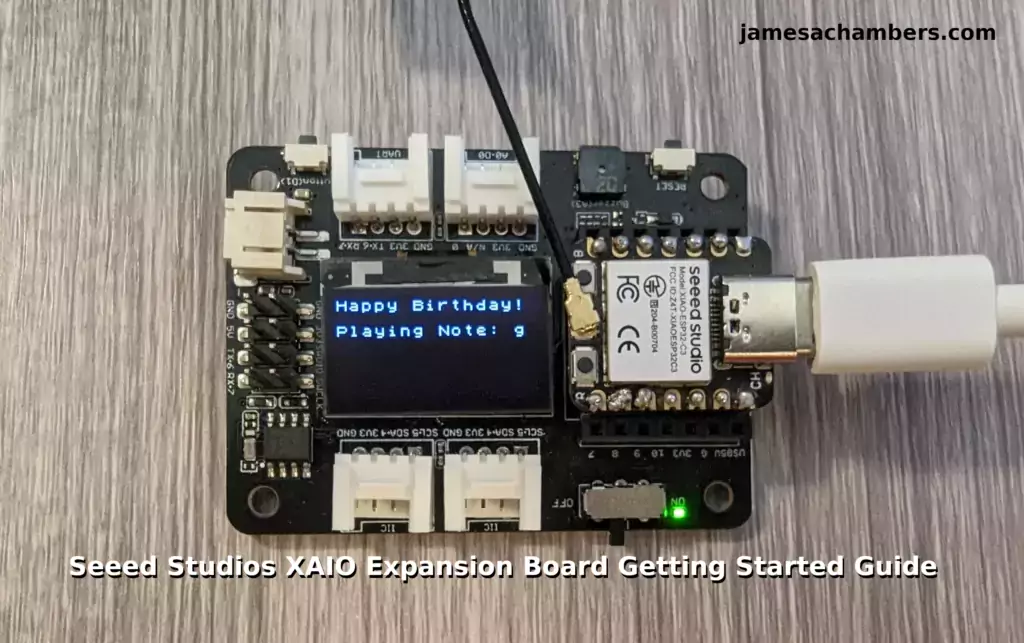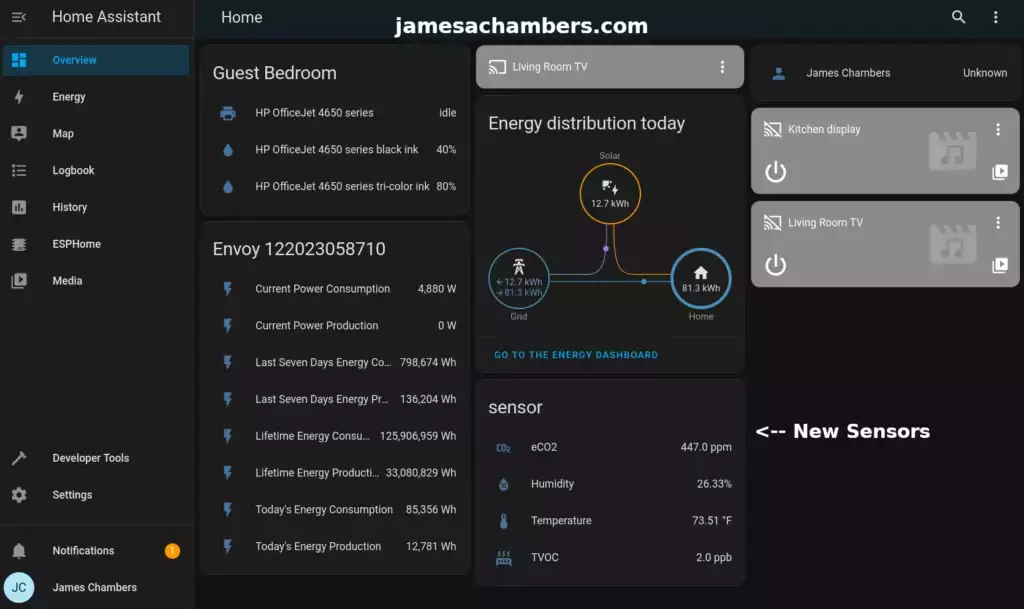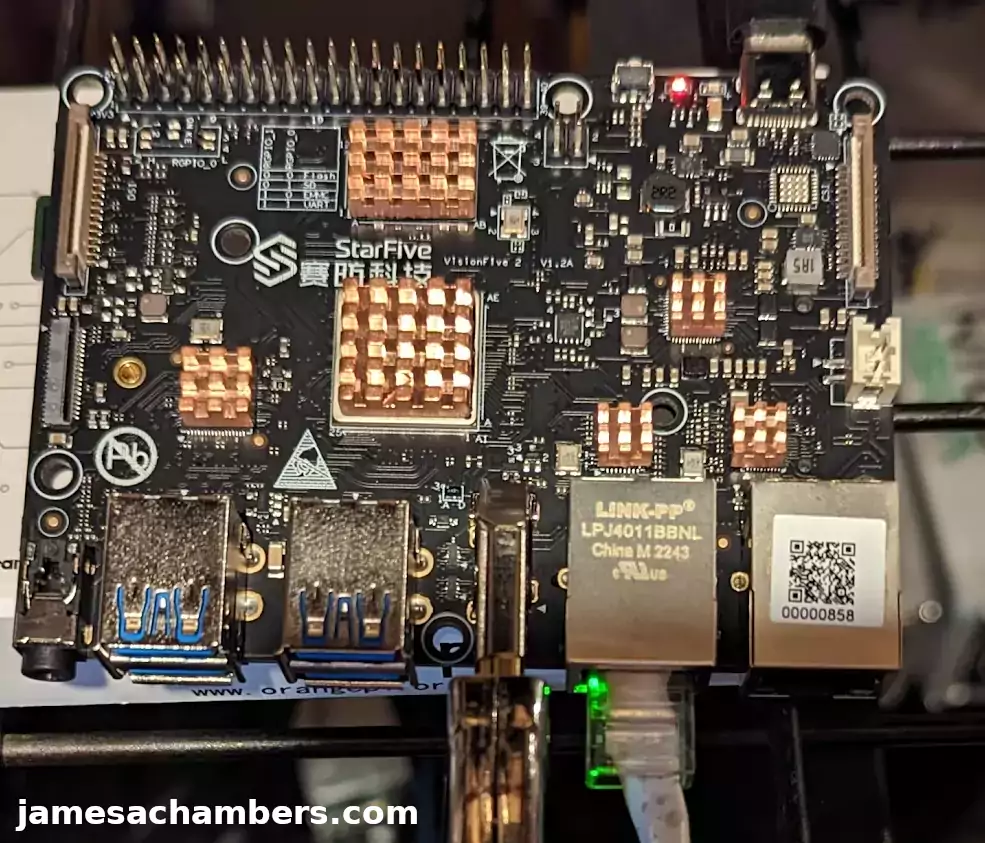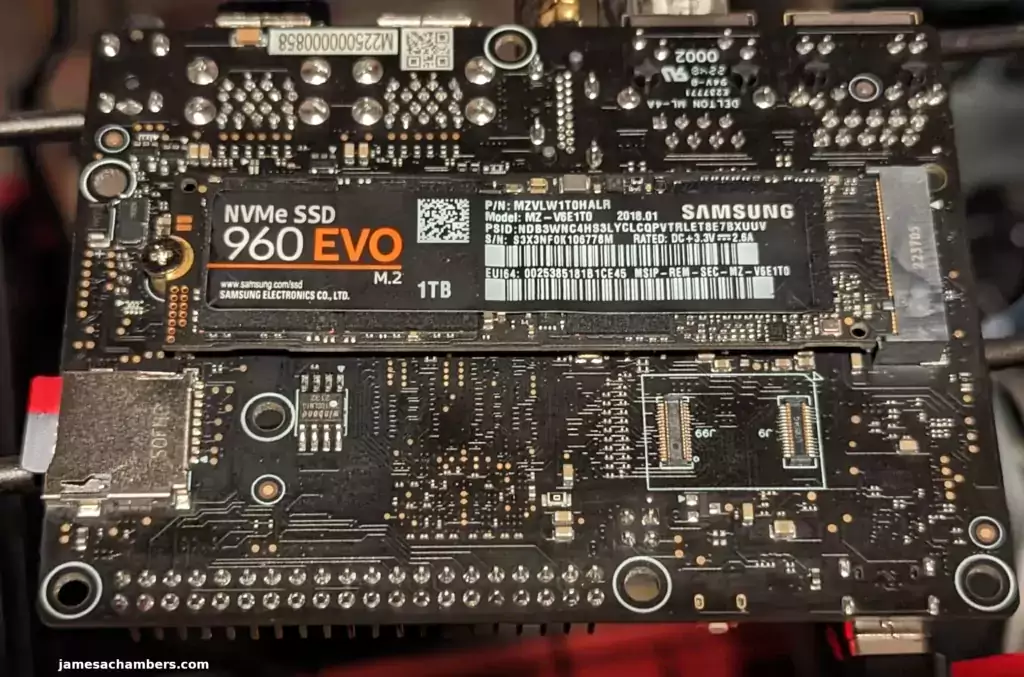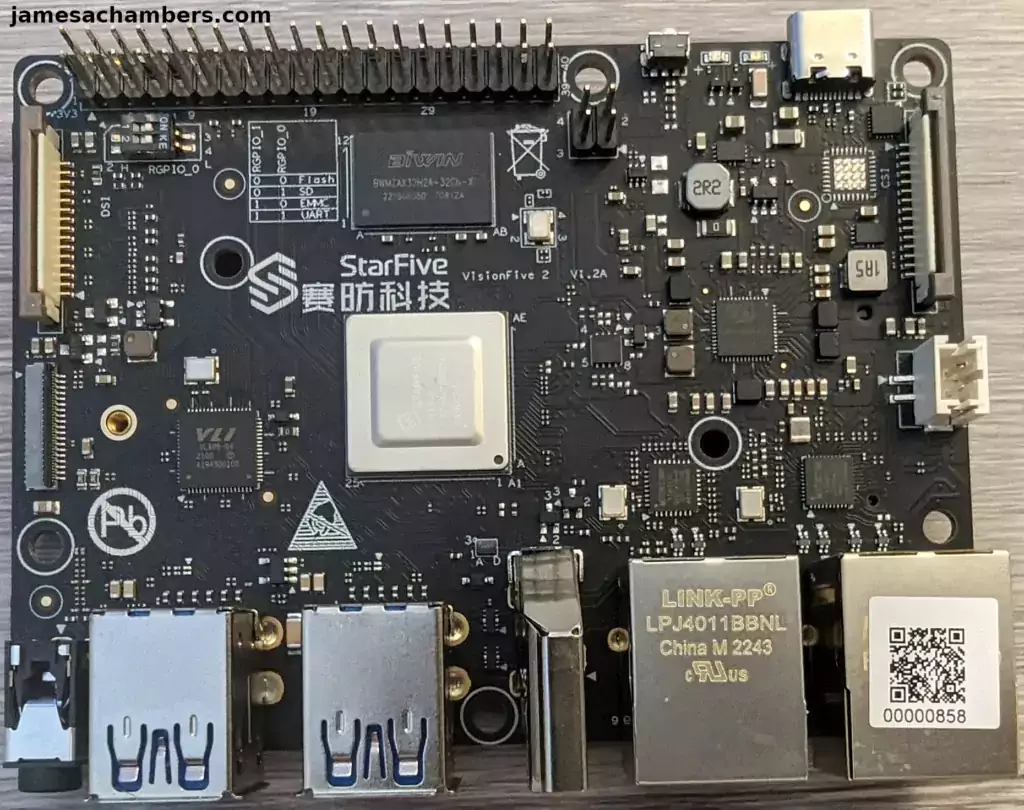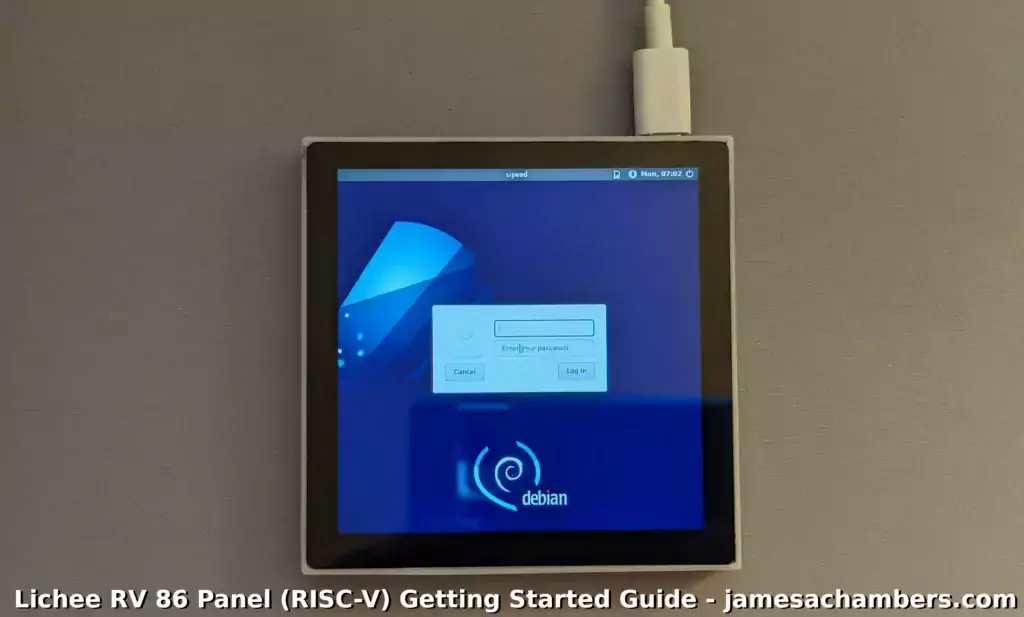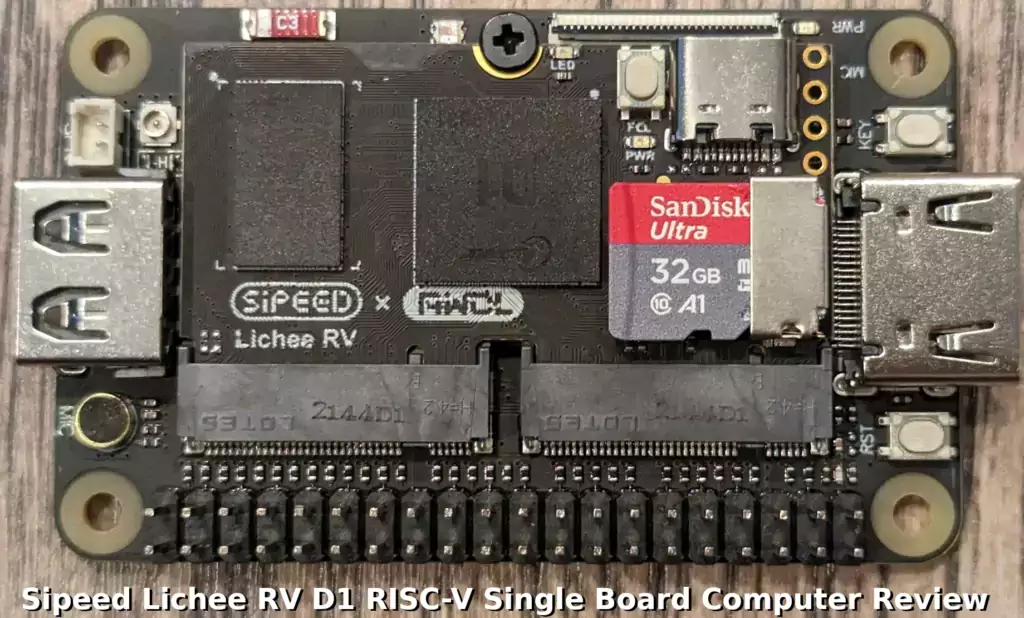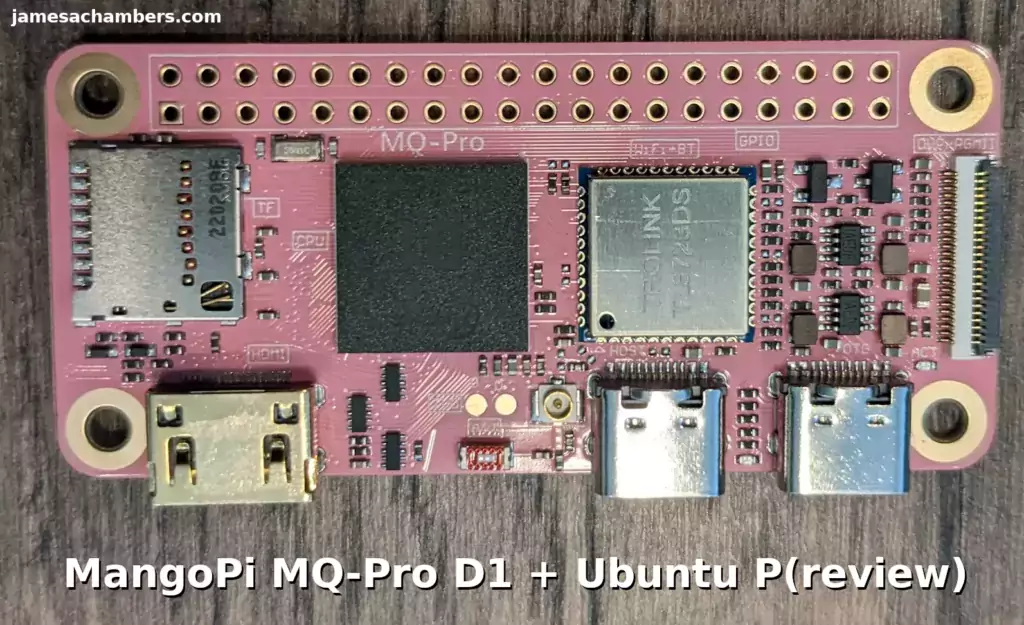Adafruit WiFi Action Key for Home Assistant / ESPHome
I’ve covered making a wireless Adafruit IoT button that can run any action within Home Assistant when you press the button using automations. These are great because they also have a RGB LED built in that you can use to show the status of something being controlled by the button.
For example if you used it to control your garage door you could make the button red when your garage door is open and green when it’s shut. This way just by looking at the button you know what the state of the garage door is.
Today I am going to cover something really similar: a single WiFi action key using gear from Adafruit as well as a RISC-V ESP32-C3 module. These also have individual RGB LEDs for each key just like the IoT button giving them the same advantages. Let’s begin!
Adafruit WiFi Action Key for Home Assistant / ESPHome Read More »


